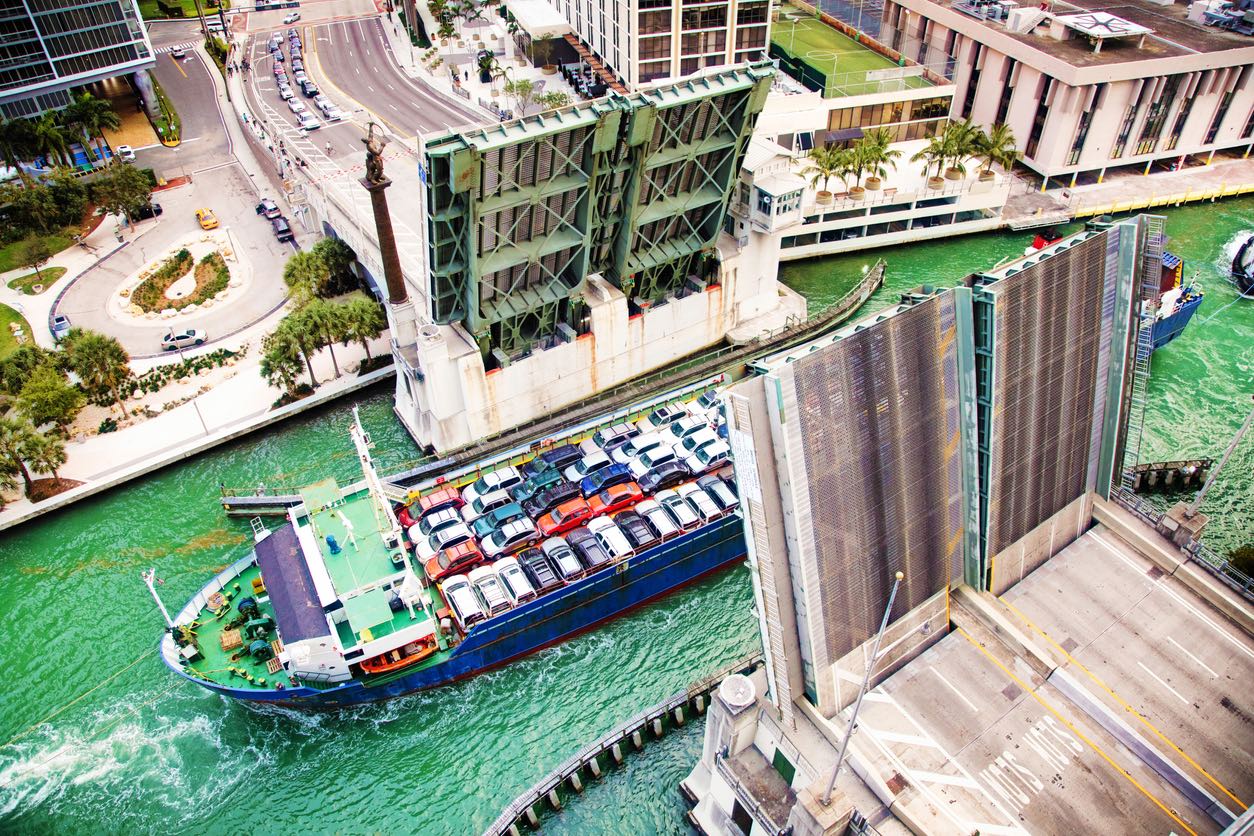There have always been a lot of questions, interest, and ambiguity around car shipping. It’s normal to feel a little overwhelmed with the variety of delivery options and the rapidly advancing technology. But gaining insight into its history and origins might help paint a better picture and lessen the intimidating nature of the process itself. This post, which has been enhanced with advice from professionals in the field, attempts to serve as your road map through the complex world of auto shipping.
The Evolutionary Tale of Vehicle and Cargo Ship Relationships
The relationship between vehicles and cargo ships was not established overnight. It’s an intricate story of requirements, creativity, and the never-ending quest for efficiency. Examining this relationship’s past offers a distinctive viewpoint and demonstrates how historical customs have influenced contemporary shipping techniques. Knowing the historical background also helps to emphasize the significant changes that have occurred, highlighting the progress and enhancements that have been achieved throughout time.
The Past Meets the Present: An Ongoing Relationship
The history of car shipping is not just in the past; it nevertheless has had an effect on present-day practices. We discover that the solutions of today sprang from the requirements of the past as we go on a nostalgic journey through time. The dynamic and dynamic nature of the car shipping industry is maintained by the interaction between historical knowledge and contemporary advancements. Acknowledging the impact of history enables both shippers and customers to value the strong processes that are in place today.
Readers may better understand the difficulties of automobile shipping and gain confidence in navigating it by entering into this fascinating area. Since knowledge is power, being aware of the history and current methods of auto shipping enables customers to make wise choices.
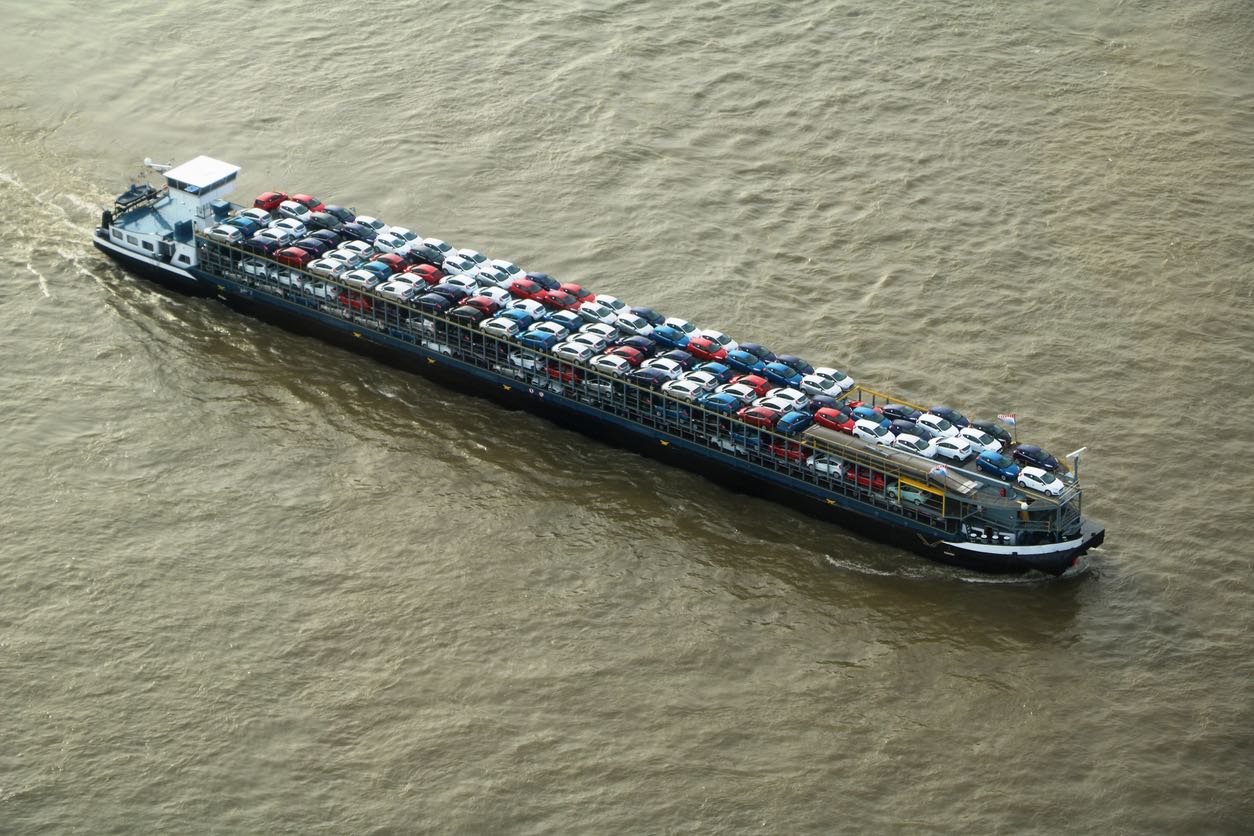
Few inventions in the long history of transportation have had such a profound impact as the introduction of shipping containers. These inconspicuous steel containers, widely seen on trucks, railroads, and ships, not only changed the way commodities were transported, but completely transformed it. Dating back to the 1950s, the concept of containerization emerged, drastically simplifying the shipping process and eliminating tedious multiple stops. By the 1960s, its impact had become so great that cars were being jammed inside these containers rather than merely cargo. Their adaptability completely changed international trade by maximizing security, efficiency, and cost in ways never before possible.
The Rise of RoRo: An Automotive Game Changer
There was more to the 1960s than merely containerization. It was at this time that RoRo, or roll-on/roll-off, ships began to appear. Meticulously designed, these vessels were specifically engineered to hold an enormous quantity of automobiles. Their emphasis on effortless loading and unloading in their design swiftly established them as the go-to option for several vehicle transporters. RoRo ships are now praised for their exceptional space optimization and cost-effectiveness. Their vital function in the contemporary transportation ecology is further demonstrated by their capacity to transport automobiles of all sizes safely, from little cars to massive trucks.
Containerization: A Vision from the 1950s
The concept underlying shipping containers was truly revolutionary. The development of containerization changed the game in the 1950s, when transportation was frequently dispersed and ineffective. Cargo transfers between trucks, railroads, and ships were smooth thanks to these standard steel crates. Goods no longer needed to be loaded and unloaded at every stop along the way, saving a significant amount of money and time. The foundation for today’s extremely interconnected global commerce networks was established by this ground-breaking concept.
Vehicles in Boxes: The Containerization Evolution
The containerization trend was well underway by the 1960s, and its sphere of effect was growing. Before long, automobiles of all sizes and shapes were making a home for themselves within these containers. This change signified a major development in the vehicle transport industry. Cars, ranging from cars to SUVs, were no longer restricted to conventional modes of transportation; instead, they were being transported safely in these uniform containers. This approach was the preferred option for car shippers worldwide since it provided better protection against the weather and other transportation problems.
Legacy of Efficiency and Security
The legacy of containerization is unmatched security and efficiency. These containers reduced the likelihood of theft, damage, and loss by standardizing the shipping procedure. They could be stacked effectively aboard ships due to their consistent size and design, which further maximized available space. Furthermore, the fact that they could be locked and sealed guaranteed the security of the contents during the trip. These containers’ high stacking aboard cargo ships today is evidence of the invention that began in the middle of the 20th century and its lasting influence on world trade.
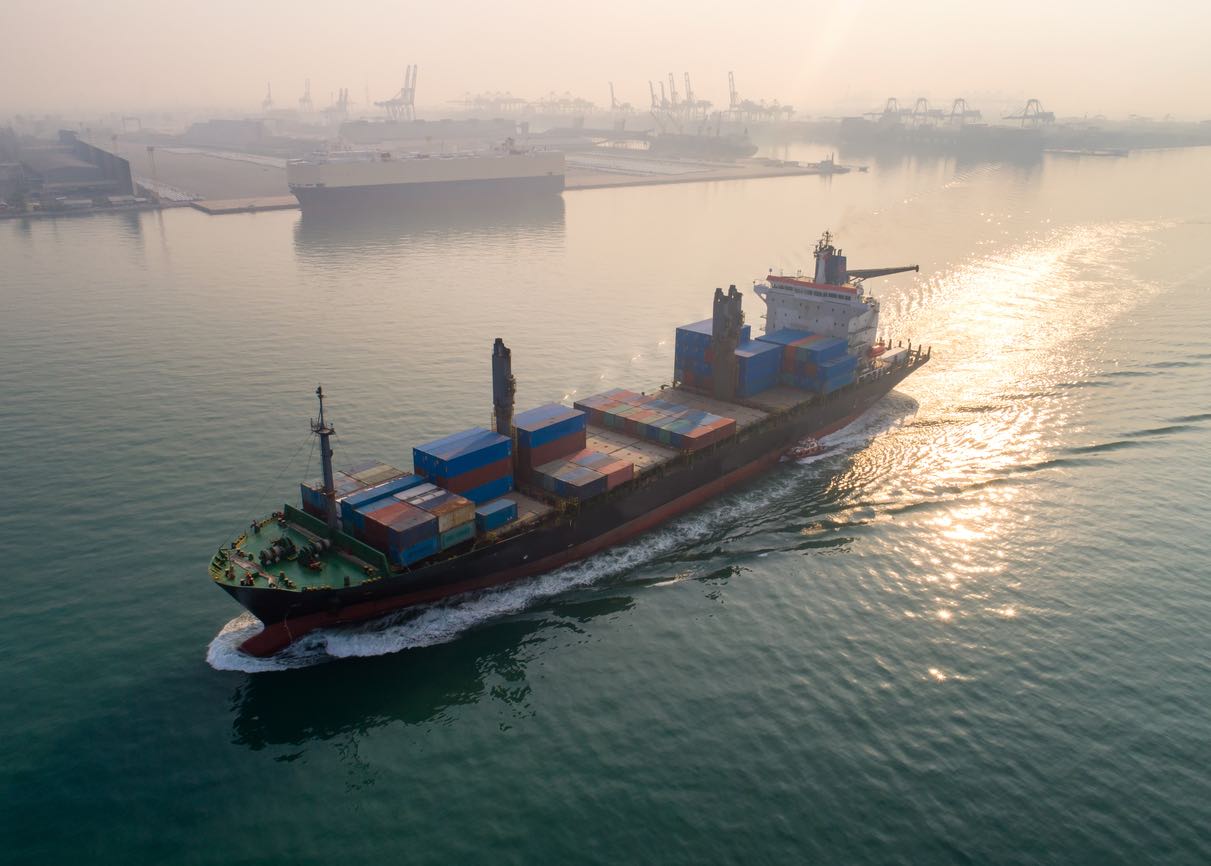
The freight transportation industry is a large and complex one. Regarding this subject, one of the most commonly asked questions is how many automobiles a cargo ship can accommodate. To get the answer, one must go deeply into a variety of influencing elements, including container size, vehicle specifications, and even non-traditional aspects like aerodynamics. Come with me as we set out to solve the mysteries around cargo ship capabilities and how they safely move automobiles across oceans.
General Size Estimates
Many people have an image of cargo ships as enormous floating structures that are loaded with tons of cargo. However, the estimation of capacity gets more precise when it comes to cars. Two average-sized vehicles may usually fit end to end in a normal 20-foot container, which is widely used in the shipping sector. You could assume from the arithmetic that you can twice the number of automobiles if you double the size. Yes, that’s almost right! Four automobiles can fit into a 40-foot container, which is nearly twice as long as its smaller cousin. It’s important to remember that these are approximations. The precise figure may change based on the brand and model of the car.
The Role of Vehicle Dimensions
It’s not simply the length of the car that matters when determining how many vehicles a container can hold. The width and height are important variables that also need to be considered. A small automobile, such as a Honda Civic or Toyota Corolla, may fit in the container more easily and allow for more effective use of available space. On the other hand, fewer cars may fit in a single container since bigger vehicles, such trucks or SUVs, take up more room. So, while determining cargo ship capacity, knowing vehicle size becomes crucial.
Wind Resistance and Aerodynamics
Though it may seem like a strange factor to take into account, how cars are transported is influenced by their form and design. Due to wind resistance and their aerodynamic qualities, pointier and taller vehicles—like some SUVs—may provide difficulties when positioned on the upper decks of cargo ships. In contrast, more aerodynamically constructed sedans or coupes fit more snugly and are less prone to these problems. These are variables that shipping companies frequently consider in order to guarantee the stability and safety of cars during their trip.
In summary, the ability of cargo ships to carry autos is influenced by a variety of factors, including vehicle dimensions, container size, and even design considerations. Gaining a better awareness of these subtleties helps one to comprehend the complex world of automobile transportation.
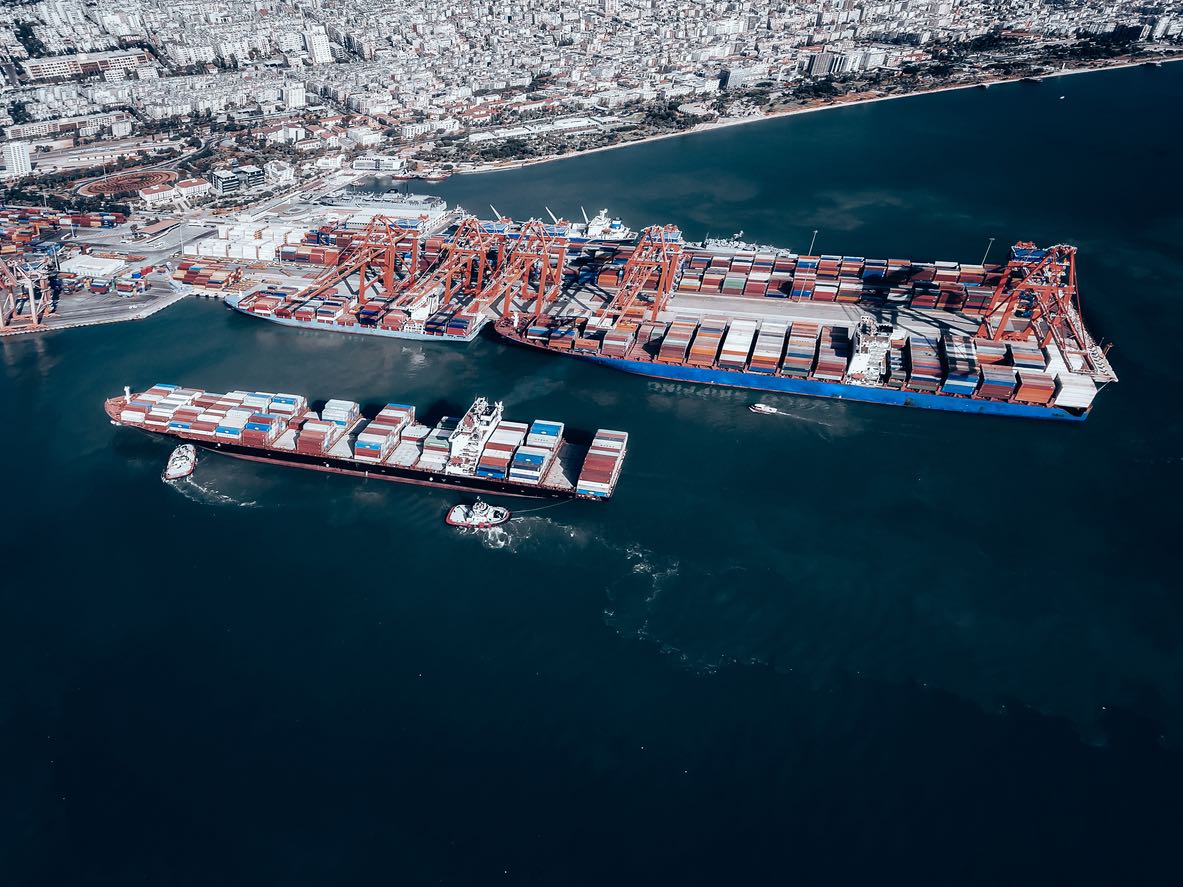
Knowing how automobiles are transported internationally becomes essential in the fast-paced automotive sector of today. Whether you’re a dealer, an enthusiast, or just interested in logistics, the methods used in automobile transportation may teach you about cost-effectiveness and efficiency. There are two main approaches that are commonly used: shipping vehicles of the same type and shipping many models together in one shipment. We’ll go over the advantages, complexities, and difficulties of each strategy below.
Uniformity in Shipping: Consistency and Efficiency
Shipping cars of the same kind together in a single container offers a simplified and organized method. Using the same models, logistics teams may develop a loading strategy that is consistent and can result in faster load times and less damage potential. For instance, six compact automobiles or other small vehicles can fit within a typical 40-foot container. That figure might drop to three when dealing with bigger cars like trucks or SUVs, though. Predictability is advantageous in this case as it enables transportation companies to ensure space and maybe provide more affordable rates for large shipments of identical vehicle types.
A Mosaic of Models: The Symphony of Variety
Because the automobile industry is so large and varied, shipping specifications sometimes call for a combination of models to be shipped together. Now for the clever fix that shipping firms use: car racks. These racks make it possible to precisely arrange several automobile types inside of a single container, making use of available space and guaranteeing secure transportation. This tactic not only increases transportation effectiveness but also shows to be economical, particularly when transporting different car groups. Costs can be distributed over several automobile types by efficiently utilizing the container area and lowering the quantity of containers needed. Additionally, because this method is flexible, shipping companies may accommodate a wide range of customer needs, from dealerships exhibiting a variety of models to individual automobile owners want to export/import their own collections.
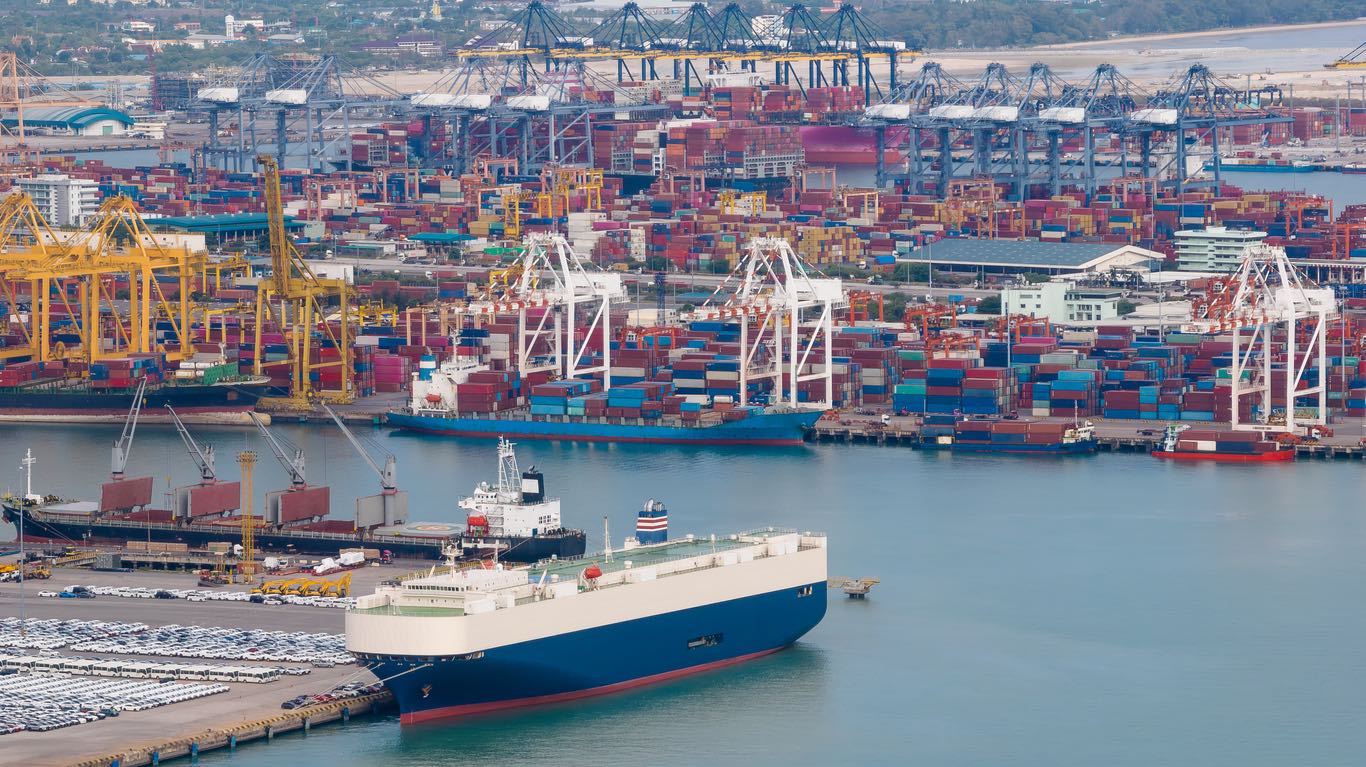
For many people, the procedure of shipping cars across borders or inside the country might be intimidating. For a number of reasons, however, shipping vehicles by cargo ships turns out to be a better option. Cargo ships facilitate the shipping process by providing cost-effective alternatives and guaranteeing the protection of your valuable cars. Its status as the best option for car shipping is further cemented by the ease of further transportation after delivery.
- Safety First and Always: The safety of the vehicles is one of the main issues while transporting. Fortunately, cargo ships are excellent in this area. These ships are made with special compartments for cars, so the cars stay put the entire way. Additionally, the danger of vehicle damage is reduced with the use of specialty tie-down straps and securement techniques, providing owners with piece of mind that their vehicles are in good hands.
- Cost-Effectiveness – A Wallet-Friendly Choice: Cargo ship transportation is an affordable option when compared to other transportation methods such as over the road trucking or air freight. These ships’ huge capacity makes bulk shipping possible, which provides economies of scale. This implies that lower costs are available to both people and companies, particularly when shipping many automobiles at once.
- Ease of Further Transportation Post-Delivery: The convenience of further transportation becomes an important factor after the vehicle arrives at its target port. There is a simplified procedure in place for cargo ships. Cars are placed in containers and secured so they are prepared for quick transfer by air, rail, or road. In addition to saving time, this guarantees that the car is shielded from any potential outside harm.
- Unparalleled Security Ensuring Peace of Mind: Beyond personal protection, vehicle security is critical. To stop theft, tampering, and illegal access, cargo ships are equipped with cutting-edge security systems. A watchful staff, safe locks on containers, and surveillance systems all combine to guarantee that cars are unharmed and in perfect condition during the trip.
- Environmentally Friendly – A Greener Choice: It’s important to remember that shipping automobiles by sea is more ecologically beneficial than shipping them by air in this era of escalating environmental concerns. Shippers who are environmentally aware should choose cargo ships over airplanes since they have a substantially less carbon footprint per vehicle. By selecting this approach, people and companies are tangentially lowering the industry’s total carbon emissions from the motor transportation sector.
By considering these factors, you can not only make sure that the process of shipping goes smoothly but also demonstrate the real advantages of using cargo ships to move cars.
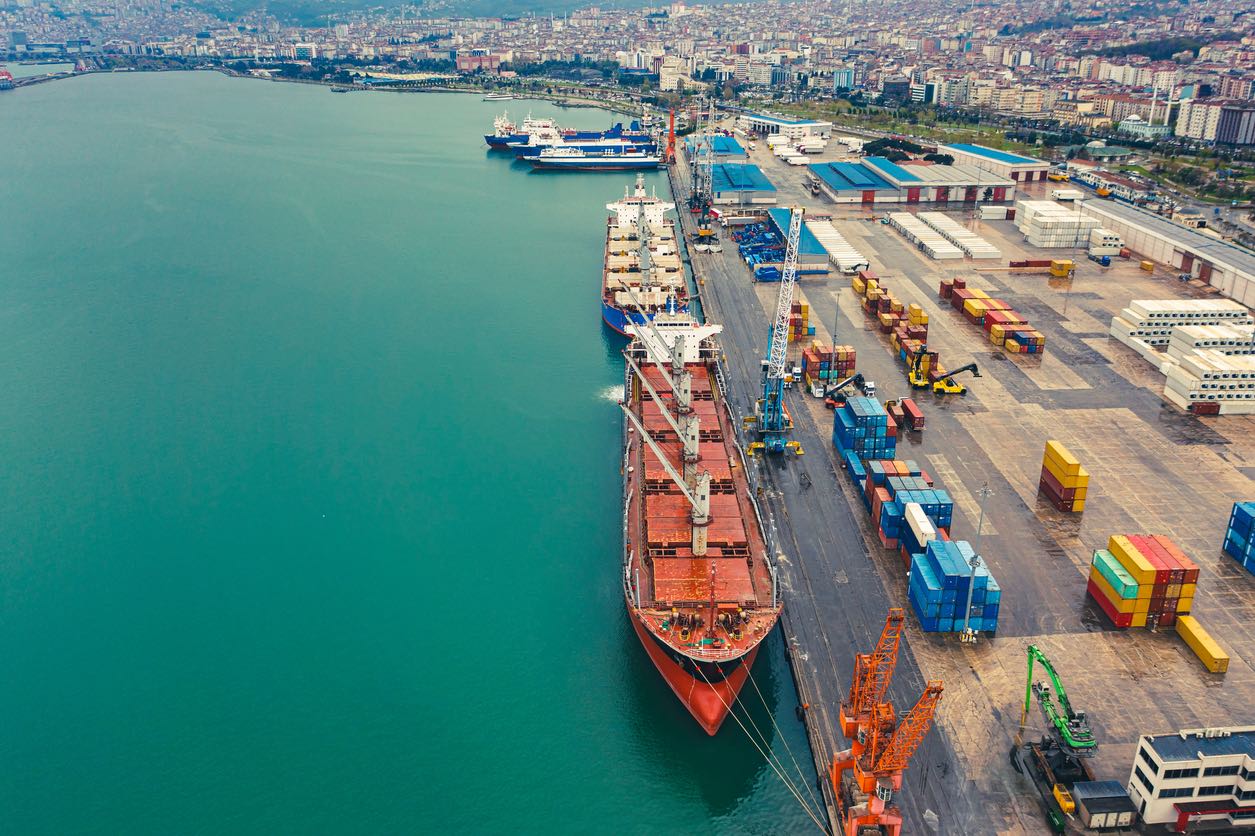
The safe transportation of automobiles by cargo ships is a complex art form in the wide realm of international transportation. Businesses that are the best in this field are aware of the subtleties and care needed to guarantee that each car arrives at its destination in perfect condition. The article explores the intricacies of how these experts provide unmatched protection for any kind of car, from big SUVs to little sedans. Prepare to discover the art of safe vehicle transportation.
- Utilizing High-Quality Tie-Down Straps: The tie-down strap is one of the most important weapons in the armory for securing vehicles aboard cargo ships. These straps are made of sturdy materials and are intended to resist the weight and forces applied by a moving vehicle. In order to anchor the automobile to the ship’s deck and guarantee that it stays still even in choppy seas, the straps are positioned strategically all around the vehicle. For these straps to remain functional and for the cars to remain safe, regular inspection and replacement are necessary.
- Specialized Equipment for Every Vehicle Size: Shipping companies are aware that not all cars are made equal. For this reason, they spend money on specialist equipment made to match the weight and proportions of various car models. This equipment is essential to guaranteeing the safety of the cargo. It ranges from reinforced brackets for big trucks and SUVs to specially designed cradles for little cars. Additionally, skilled workers are knowledgeable in choosing and utilizing the appropriate equipment for every vehicle, which lowers the possibility of accidents occurring while in transit.
- Regular Training and Skill Upgradation: The equipment by itself is insufficient. The personnel in charge of them need to be qualified to manage all types of vehicles. Top shipping companies are aware of this and schedule frequent training sessions. These training sessions concentrate on imparting to the crew the most recent methods for vehicle security, assisting them in comprehending the subtleties of various vehicle models, and guaranteeing that every automobile, regardless of size or type, receives the greatest care feasible while at sea.
- Continuous Monitoring and Inspection: The job is not over after the cars are secured. Constant observation is necessary. In order to monitor the cargo and catch any little movements or possible problems early on, sensors and cameras are routinely placed. Additionally, crew personnel examine the cars and their locking systems on a regular basis to make sure everything stays in place and make any required adjustments. By taking preventative measures, potential damage is reduced and cars arrive at their destinations in optimal shape.
Through comprehending and valuing the expertise in safe vehicle transportation, clients may boost their trust in shipping companies. They can relax knowing that their priceless cars are in the capable hands of professionals who have the greatest equipment and methods in place to ensure a safe delivery.
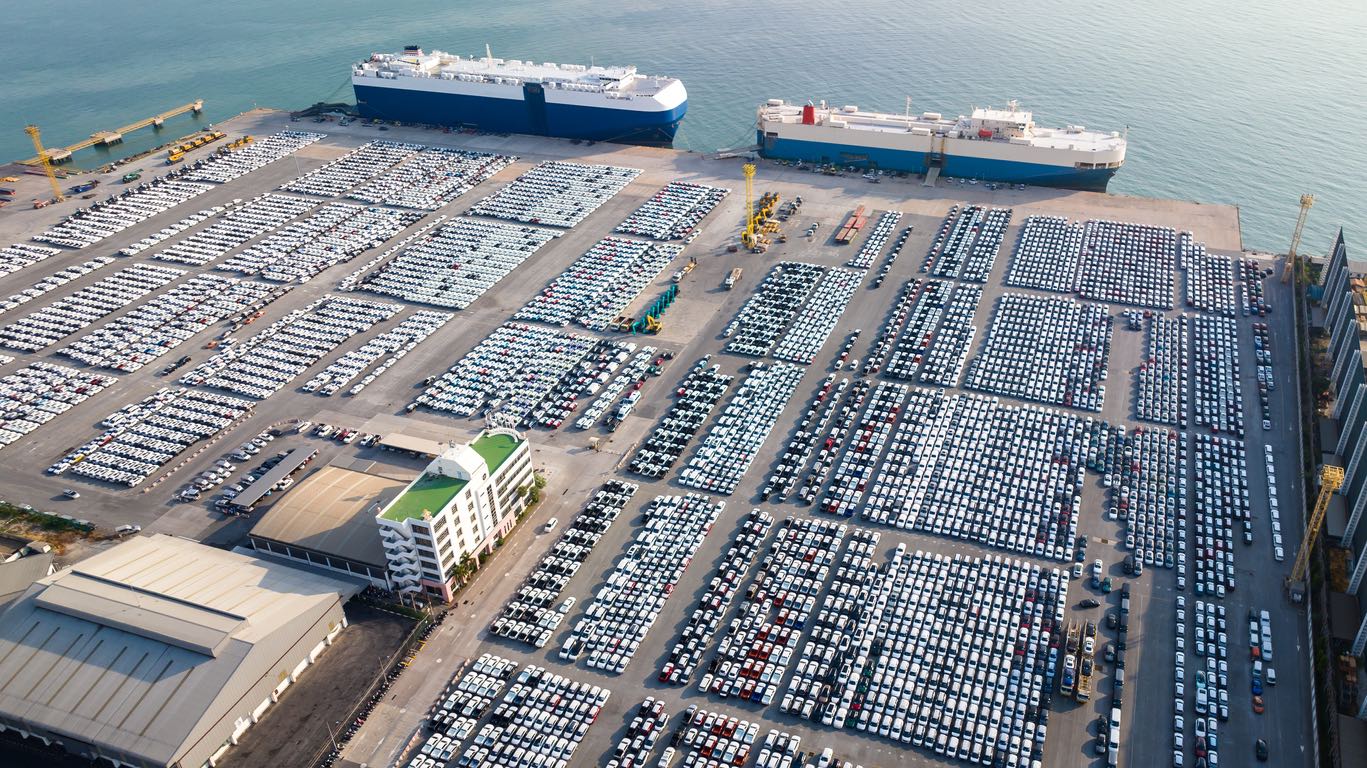
Due to people’s rising desire to travel with their favorite motor vehicles, international car shipping, shipping a car to and from Hawaii, and shipping a car to and from Alaska, has evolved from a simple service to a burgeoning industry. Having a thorough grasp of cargo ship operations, capacity, and history may greatly enhance your decision-making process amidst the plethora of shipping alternatives available. Just as one would carefully organize a road trip, so should the journey of your vehicle across waters be planned with care.
The key is to carefully choose the best cargo transportation provider by hand. There are several shipping companies in the United States, each providing a range of services at various pricing ranges. It is important to take a methodical approach to navigating this maze, supported by extensive study and pricing comparison. Ensuring the safe transit of your car is just as important as getting it from point A to point B. In light of the shrinking globe and blurring borders, this article advocates for well-informed automobile shipping decisions that guarantee not just delivery but also peace of mind. Many happy travels!

Shipping your car isn’t just about transportation; it’s about entrusting a valuable asset to someone who can assure its safety. Making an informed choice regarding which company to hire is crucial, especially with so many alternatives available. Here’s where Ship A Car, Inc. excels. Their A+ rating from the Better Business Bureau (BBB) is indicative of their excellent standards, and their more than ten years of expertise reassures clients that their vehicles are in capable hands.
Furthermore, what distinguishes SAC is their proficiency with a wide variety of vehicles. SAC has the know-how to ship your vehicle with the highest care, whether you drive a large truck, a roomy SUV, or a smart sedan. With the help of their network of carriers and their skilled staff, every car receives personalized attention and is driven smoothly to its destination. And their professional transport coordinators are always a phone call away if you’re ever unsure. Why take a chance with your automobile shipment then? Fill out the auto shipping quote form for a hassle-free experience, or give (866) 821-4555 a call right now to talk with a transport consultant.
Q1: How many cars can a standard 40-foot cargo container accommodate?
A1: Four vehicles of a normal size may generally fit inside of a container that is 40 feet long. On the other hand, this is something that can change depending on the automobile types.
Q2: What makes RoRo ships a popular choice for car shipping?
A2: The use of RoRo ships is recommended because of the ample room they offer, their cost-effectiveness, and the reduced chance of damage to the vehicles being transported.
Q3: Why should one opt for Ship A Car, Inc. for vehicle shipping?
A3: Ship A Car, Inc. has an A+ rating with the Better Business Bureau (BBB), has extensive expertise that spans more than a decade, and guarantees excellent services for all kinds of vehicles.
